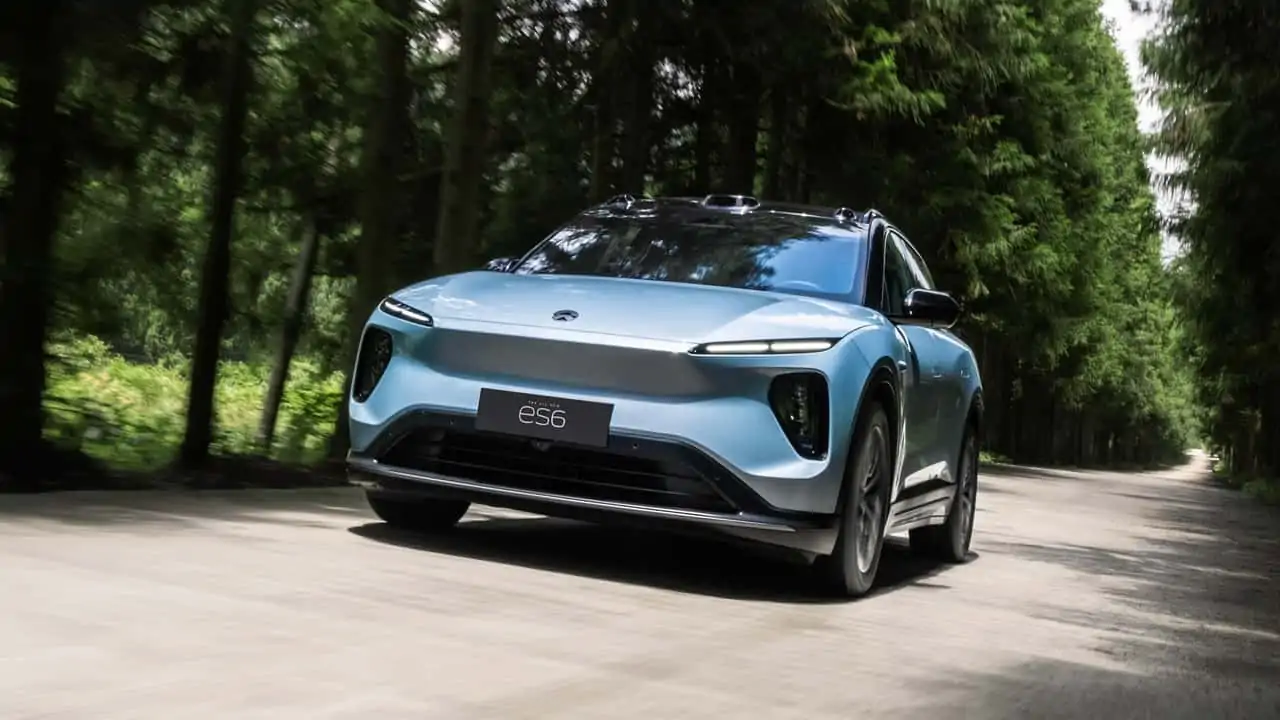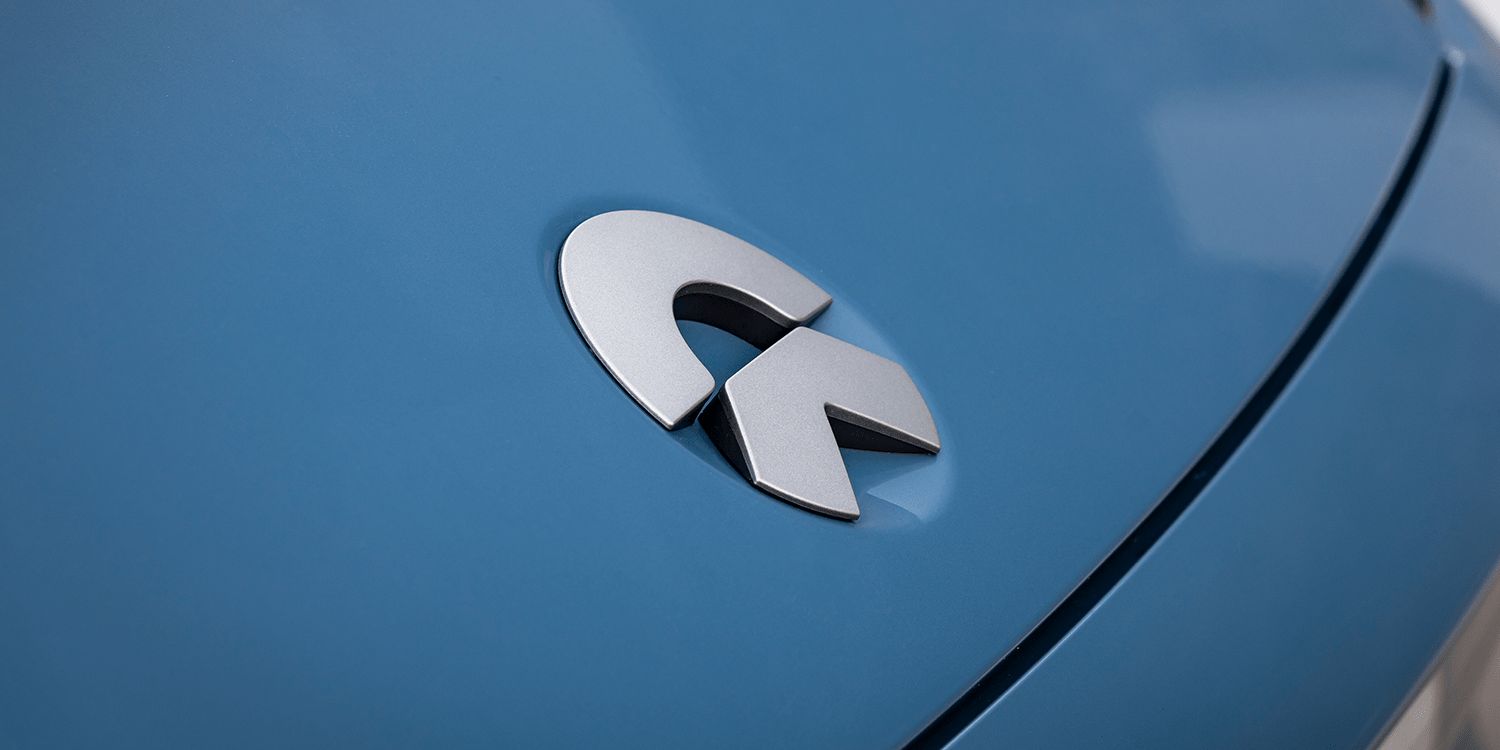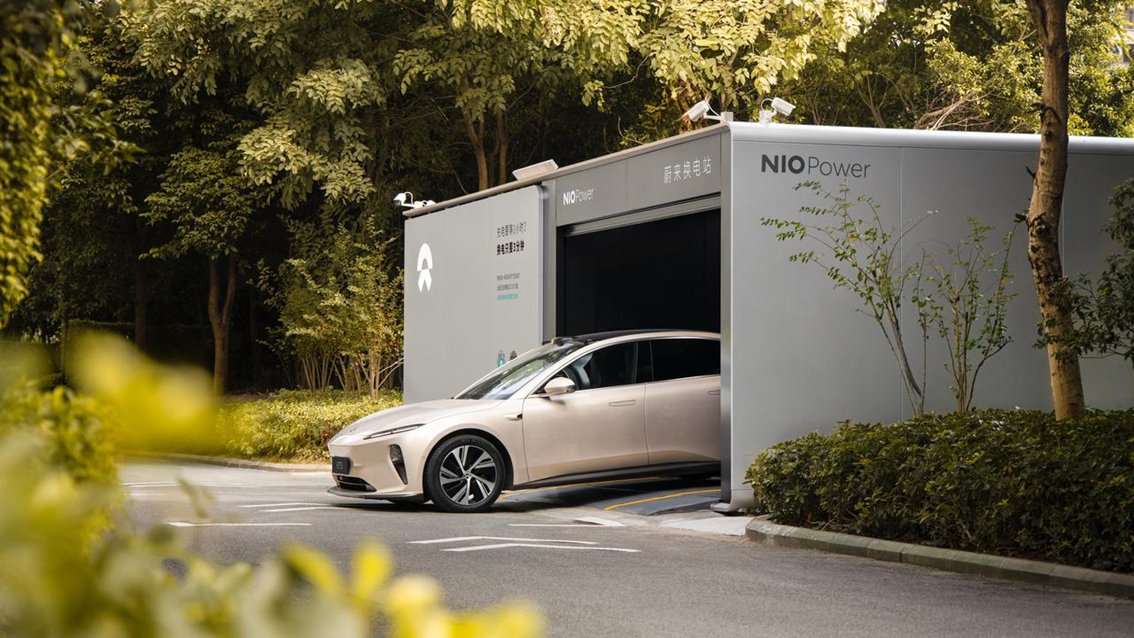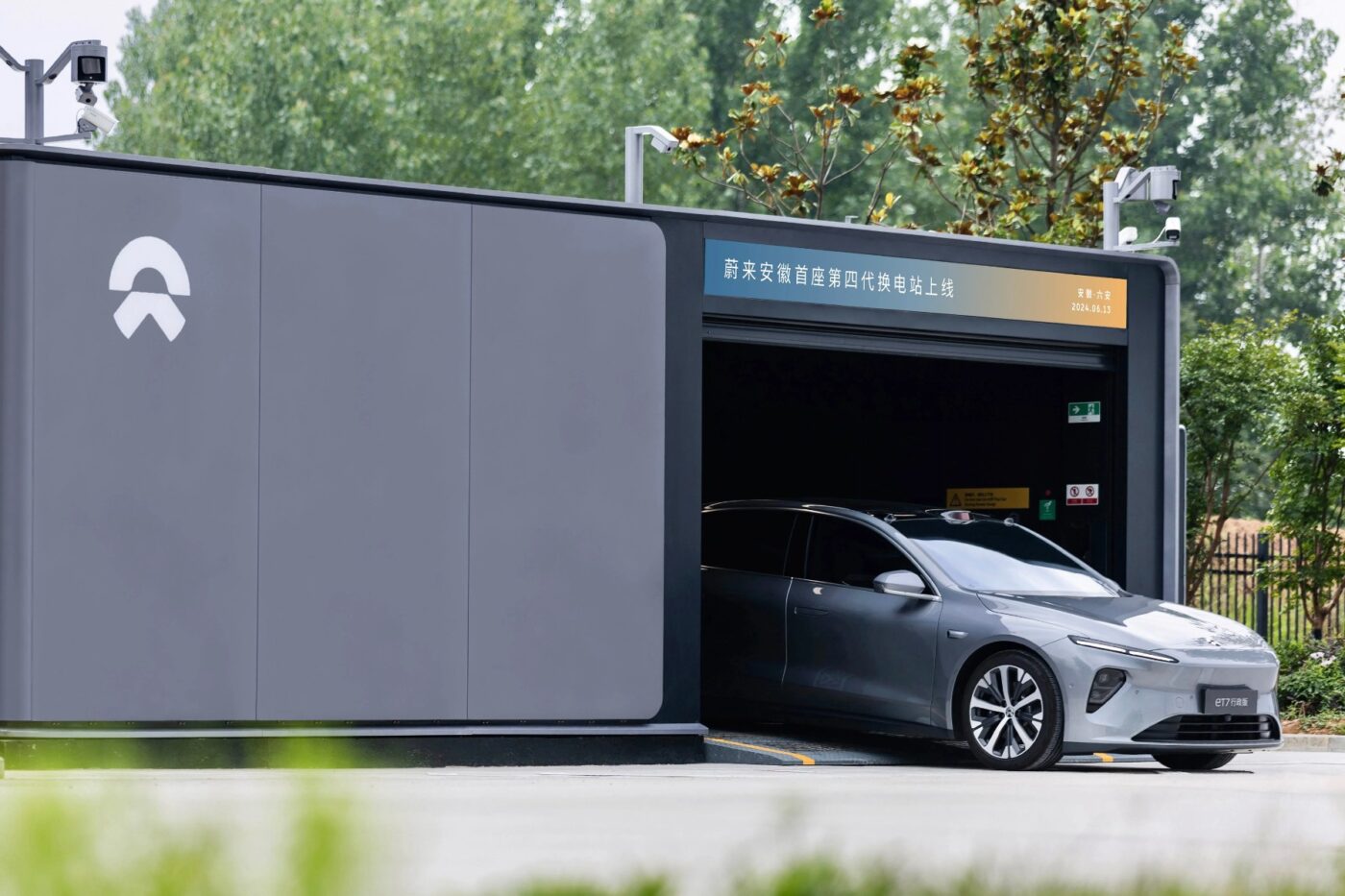Nio has projected a significant increase in deliveries for the second quarter, expecting numbers to more than double compared to the same period last year, reaching between 54,000 and 56,000 units. The company also anticipates a near doubling of revenue to approximately $2.3 billion for the three-month period starting April.
Despite these optimistic figures, Nio, founded nine years ago, is still operating at a loss. The company reported a net loss of $718 million for the first quarter, a slight improvement from the $772 million loss in the fourth quarter of 2023.
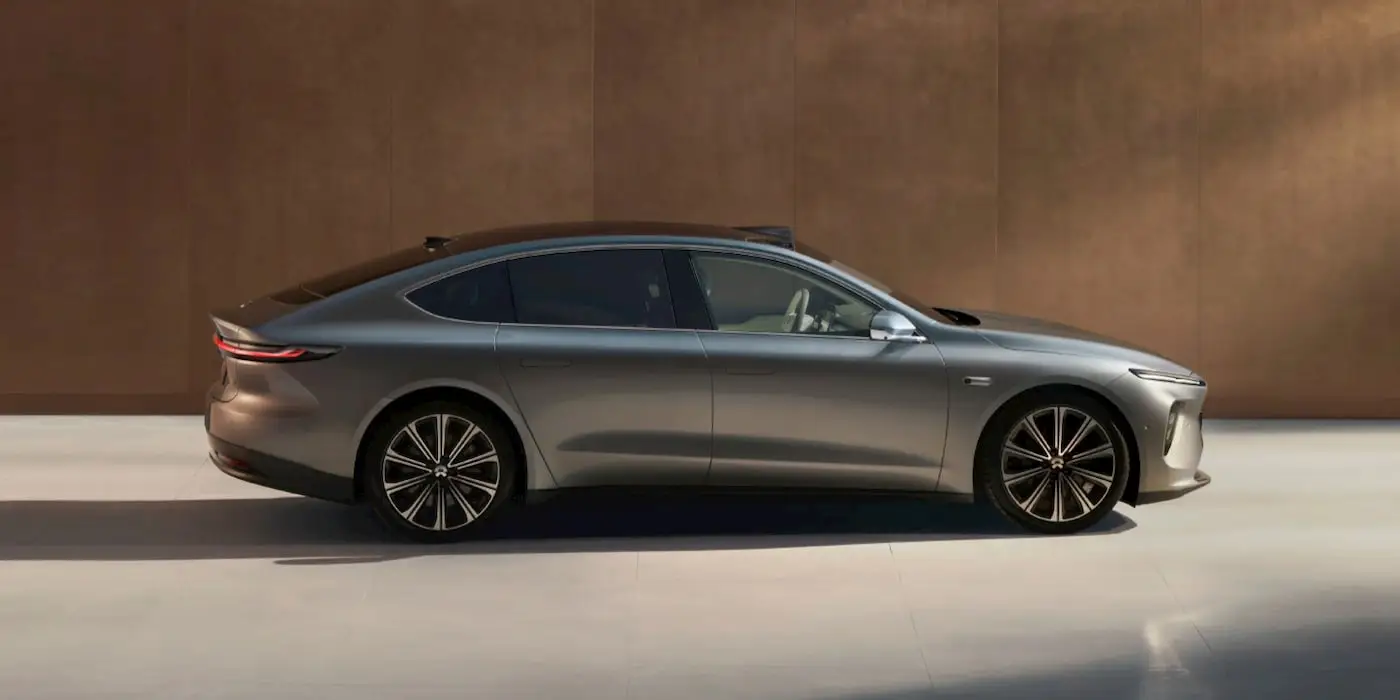
Nio’s recent success in boosting sales can be attributed to its Nio-branded electric vehicles, priced from $4,000, which saw deliveries rebound to over 20,000 units in May. This resurgence followed the implementation of a battery rental scheme that reduced fees, incentivizing customers to make purchases.
To remain competitive in China’s fiercely contested electric vehicle market, Nio, like many of its competitors, is expanding its customer base with more affordable models. The company has also made strategic adjustments, including workforce reductions and the deferral of long-term projects that would not contribute to financial performance within three years.
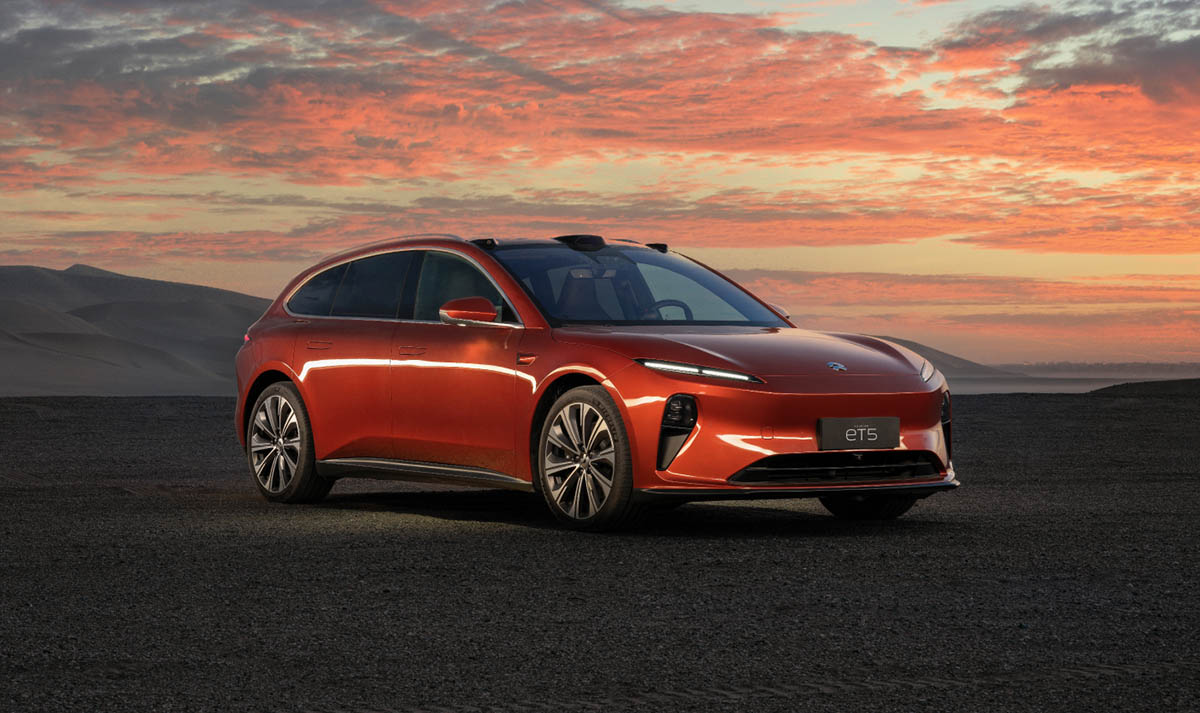
In a move to further expand its production capacity, Nio has obtained approval to construct a third factory in China. This new facility, the F3 plant, located in Huainan city in the eastern province of Anhui, will increase Nio’s total approved production capacity to 1 million cars, nearly matching Tesla’s massive Shanghai plant.
The F3 plant will primarily focus on producing vehicles for Nio’s recently launched affordable car brand, Onvo. In May, Nio introduced the Onvo L60 SUV, priced starting at 219,900 yuan ($30,300), positioning it competitively against Tesla’s Model Y, which starts at 249,900 yuan in China.

